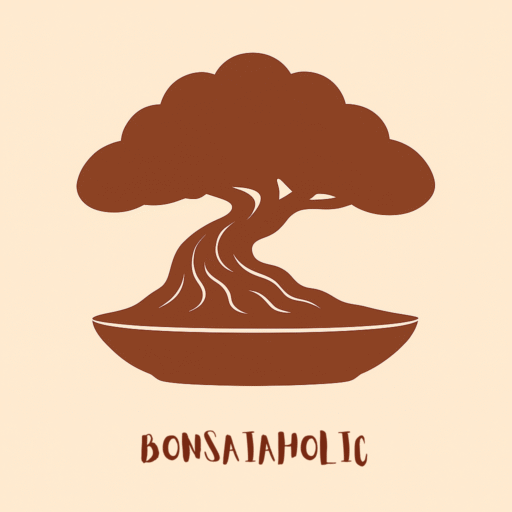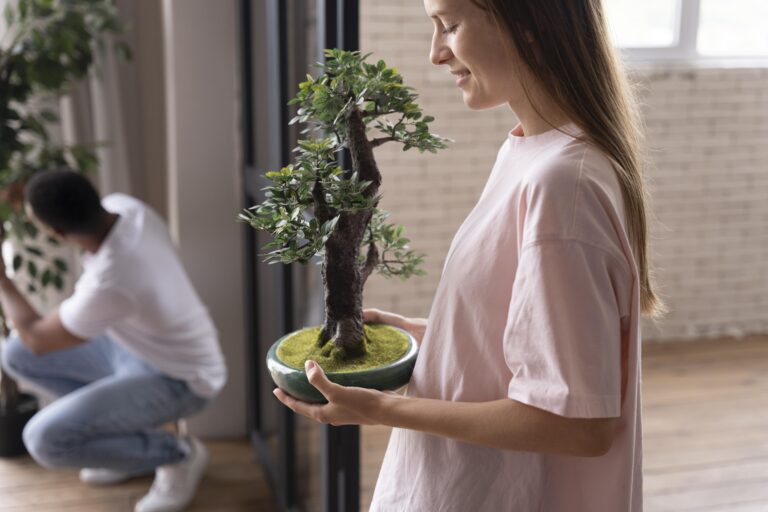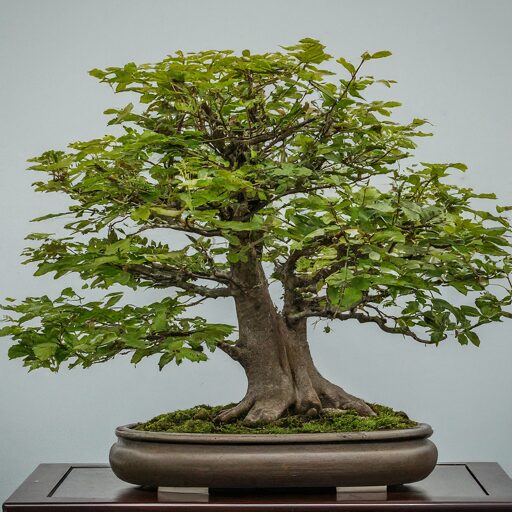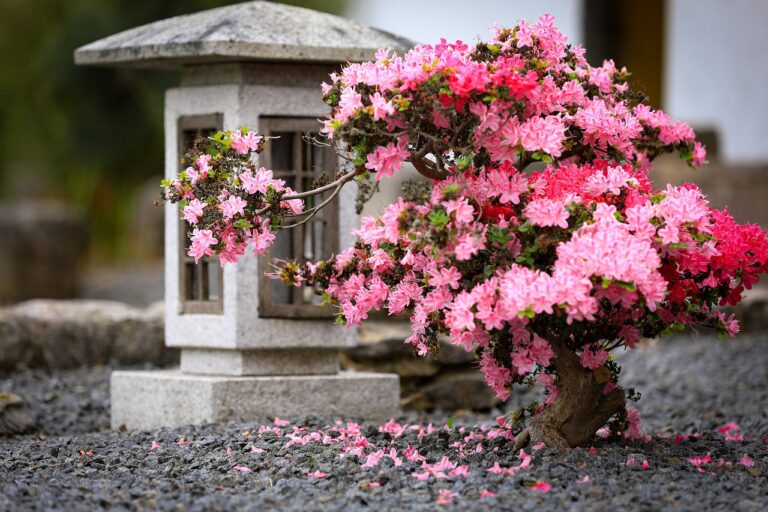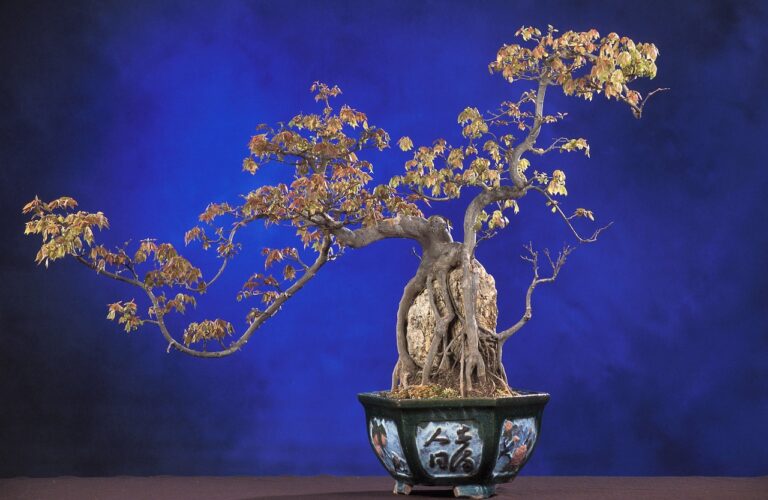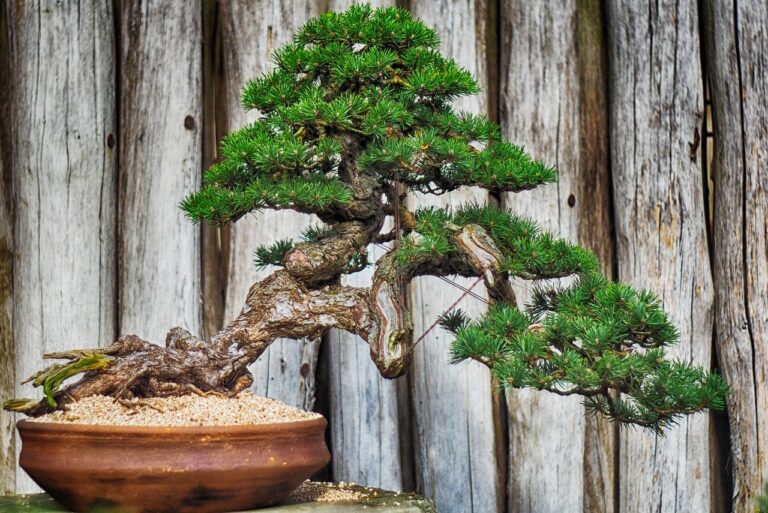Live Oak Bonsai Tree: A Complete Guide to Growing and Caring for Your Miniature Masterpiece
Introduction
Bonsai trees are a beautiful blend of art and nature, and the Live Oak Bonsai Tree is no exception. Known for its sturdy branches, lush foliage, and timeless elegance, the Live Oak (Quercus virginiana) is a popular choice for bonsai enthusiasts. Whether you’re a beginner or an experienced bonsai artist, this guide will walk you through everything you need to know about growing, styling, and caring for a Live Oak Bonsai Tree.
In this article, we’ll cover:
- The history and significance of Live Oak Bonsai.
- Step-by-step care instructions, including watering, pruning, and repotting.
- Tips for styling your Live Oak Bonsai to create a stunning miniature tree.
- Common challenges and how to overcome them.
- FAQs to answer all your questions about Live Oak Bonsai.
Let’s dive in and explore the world of Live Oak Bonsai Trees!
What is a Live Oak Bonsai Tree?
The Live Oak (Quercus virginiana) is a majestic evergreen tree native to the southeastern United States. It’s known for its sprawling branches, dense canopy, and resilience. When cultivated as a bonsai, the Live Oak retains its natural beauty while being miniaturized into a compact form.
Why Choose a Live Oak for Bonsai?
- Aesthetic Appeal: The Live Oak’s thick trunk and textured bark make it a visually striking bonsai.
- Durability: Live Oaks are hardy trees that can withstand various climates, making them ideal for bonsai cultivation.
- Symbolism: Oaks are often associated with strength, endurance, and wisdom, adding a deeper meaning to your bonsai.
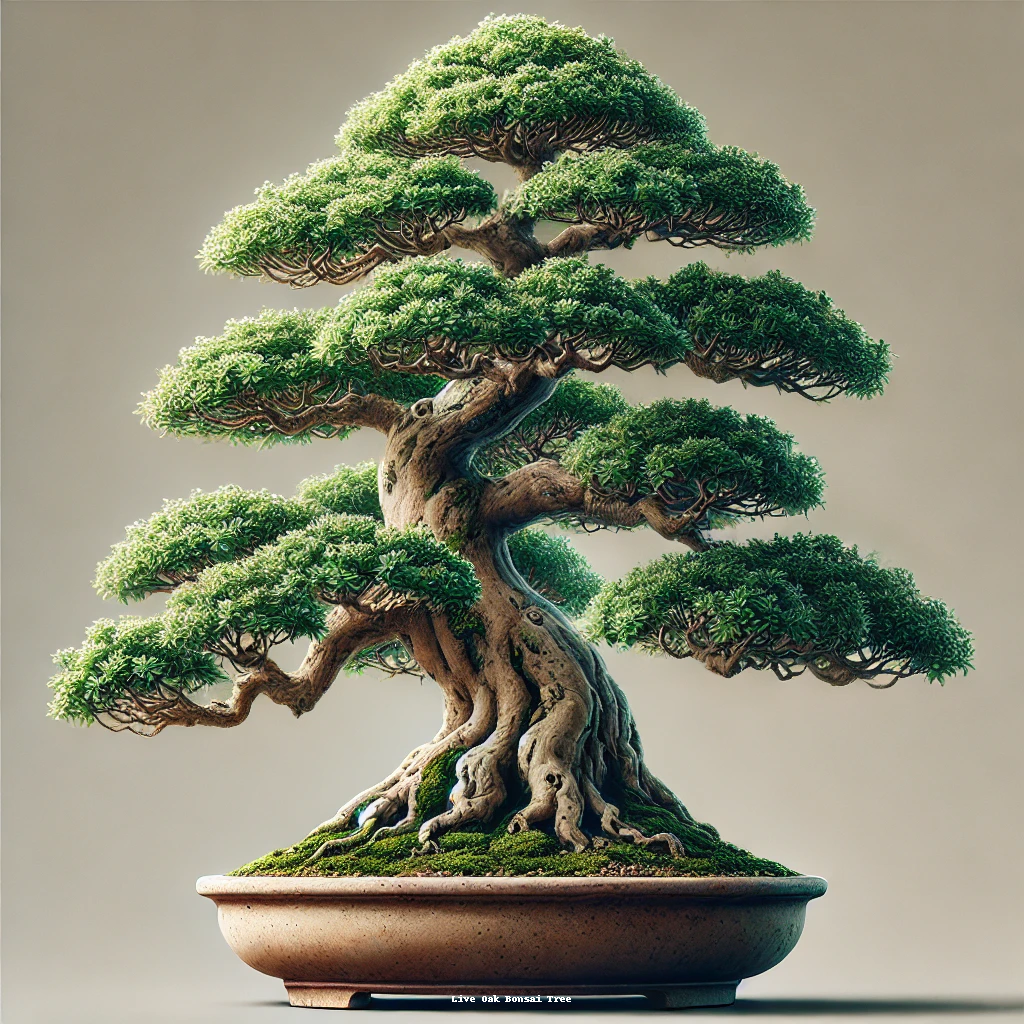
How to Care for Your Live Oak Bonsai Tree
1. Light Requirements
Live Oak Bonsai Trees thrive in bright, indirect sunlight. Place your bonsai near a south-facing window or outdoors in a spot that receives partial shade. Avoid direct afternoon sun, as it can scorch the leaves.
2. Watering
- Frequency: Water your Live Oak Bonsai when the top inch of soil feels dry. Overwatering can lead to root rot, while underwatering can cause the leaves to wilt.
- Method: Use a watering can with a fine nozzle to ensure even distribution. Alternatively, you can submerge the pot in water for a few minutes, allowing the soil to absorb moisture.
3. Soil and Fertilizer
- Soil: Use well-draining bonsai soil mixed with organic matter like peat moss or pine bark.
- Fertilizer: Feed your bonsai with a balanced liquid fertilizer every 2-4 weeks during the growing season (spring and summer). Reduce feeding in fall and winter.
4. Pruning and Shaping
- Pruning: Regularly trim back new growth to maintain the desired shape. Use sharp bonsai scissors to make clean cuts.
- Wiring: Use aluminum or copper wire to gently shape the branches. Be careful not to damage the bark.
5. Repotting
Repot your Live Oak Bonsai every 2-3 years to refresh the soil and prevent root binding. The best time to repot is in early spring before new growth begins.
Styling Your Live Oak Bonsai Tree
Styling a Live Oak Bonsai is a creative process that allows you to showcase its natural beauty. Here are some popular styles:
- Formal Upright (Chokkan): Emphasizes a straight, upright trunk with balanced branches.
- Informal Upright (Moyogi): Features a slightly curved trunk for a more natural look.
- Cascade (Kengai): Mimics a tree growing on a cliff, with branches cascading downward.
Experiment with different styles to find the one that best suits your vision.
Common Challenges and Solutions
1. Pests and Diseases
- Aphids and Spider Mites: These pests can damage the leaves. Use insecticidal soap or neem oil to treat infestations.
- Fungal Infections: Ensure proper airflow and avoid overwatering to prevent fungal growth.
2. Leaf Drop
Leaf drop can occur due to sudden changes in temperature or improper watering. Maintain consistent care to keep your bonsai healthy.
3. Slow Growth
Live Oaks grow slowly, which is ideal for bonsai. However, if growth seems stunted, check for root binding or nutrient deficiencies.
Conclusion
The Live Oak Bonsai Tree is a rewarding project for any bonsai enthusiast. With proper care, patience, and creativity, you can transform this hardy tree into a stunning miniature masterpiece. Remember, bonsai is not just about growing a tree—it’s about cultivating a connection with nature and expressing your artistic vision.
Start your Live Oak Bonsai journey today and enjoy the timeless beauty it brings to your home or garden.
FAQs About Live Oak Bonsai Trees
1. Can Live Oak Bonsai Trees Grow Indoors?
Yes, but they thrive best outdoors. If grown indoors, place them near a bright window and ensure proper humidity levels.
2. How Long Does It Take to Grow a Live Oak Bonsai?
It can take several years to develop a mature Live Oak Bonsai. Patience is key!
3. What is the Lifespan of a Live Oak Bonsai?
With proper care, a Live Oak Bonsai can live for decades, even centuries.
4. Can I Grow a Live Oak Bonsai from an Acorn?
Yes, but it requires patience. Growing from an acorn allows you to shape the tree from its earliest stages.
5. How Do I Protect My Live Oak Bonsai in Winter?
Live Oaks are hardy, but it’s best to protect them from frost. Move them to a
